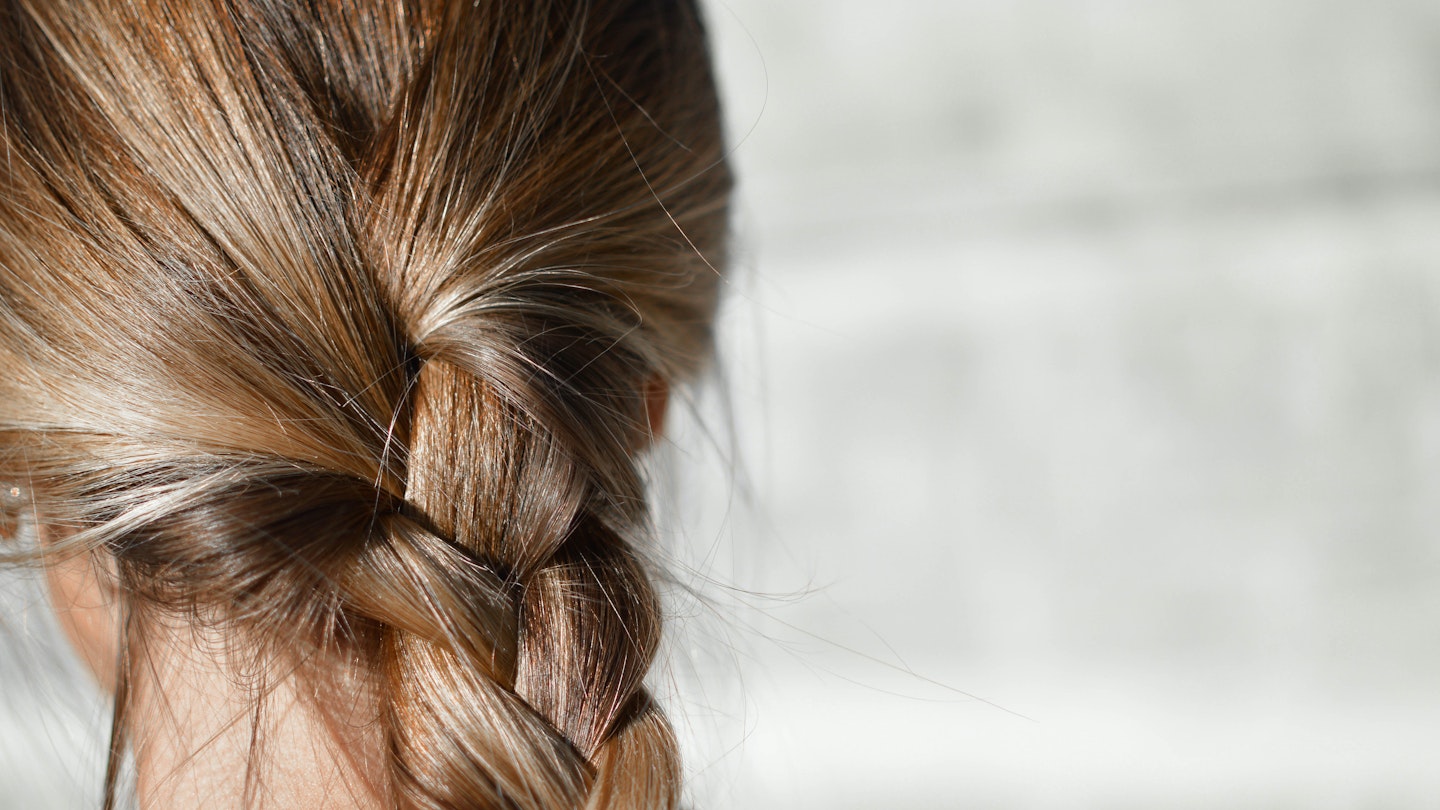Let's talk dry and damaged hair. What can we do about it? Between regular root maintenance, bad straightening habits and our blow-dry baraddiction, we're all guilty of being less than kind to our hair. This concoction of heat and colour can leave it looking less than healthy at best, straw-like and fragile at worst.
Whether your hair is in need of emergency measures or just a little pre-emptive TLC, we've identified the main culprits of hair damage and scouted out solutions that will suit every budget. Your future Rapunzel lengths will thank you. Here's how to tackle the dry hair dilemma.
How does hair get damaged?
Excessive heat styling, bleaching, chemical treatments and environmental factors can all have a damaging impact on the hair follicles, leading to split ends, breakage and dryness. Spending too much time in the sun combined with the drying effect chlorine in swimming pools (which strips the hair of its natural sebum) is also a sure-fire route to sad, straw-like lengths, which explains why your hair needs extra TLC after a summer holiday.
There are plenty of other risk factors to be wary of too, ranging from over-brushing wet hair to scraping your mane back into a high ponytail on the regular. Take this as a public safety announcement: narrow hair elastics are not your friend…
How can bleaching and highlighting damage your hair?
As Christel Lundqvist, founder of STIL salon in Notting Hill, tells us - 'bleaching can be harsh on the hair if the hair is over processed when applied or if you have it done too often. It can remove the hair’s natural protein – known as keratin - and make the scalp more prone to sensitivity.'
Here's a very brief science lesson. When bleaching agent hydrogen peroxide is applied, your hair starts to swell, raising the outer cuticle to allow the chemicals to penetrate. This makes your hair more porous, so although it will absorb water quickly, it will lose it just as speedily – like a platinum-hued sponge, if you will. This can leave your hair feeling brittle and dry, and the more you dye it, the more porous it will become over time.
If your natural colour is a dark brunette shade, the process is most damaging, as the bleach is more concentrated, and needs to be left on for longer.
How do you repair damaged hair after bleaching?
However straw-like your bleached mane may look and feel, there is hope. Christel reassures us that, yes, in most cases, you will be able to repair the damage. 'There are so many amazing treatments now that contain keratin, which work to repair the hair, along with moisture treatments to inject much needed hydration back into the hair. It might not be a quick fix but you will definitely see results after a period of time.'
Go cold turkey on your heat tools to prevent further breakage, and invest in a big old pot of coconut oil, which can be used as an overnight hair treatment. While (spoiler alert) it can’t exactly glue your split ends back together, it will provide your lengths with a much needed moisture hit. We like Vita Coco, £9.99 for 500ml.
You should also invest in a nourishing hair mask like Kérastase’s Nutritive Masquintense, £34.20, which only needs to be left for ten minutes to work its magic. And a daily-use product like Aveda’s Damage Remedy Daily Hair Repair, £23.50, to prevent further breakage and leave hair feeling instantly softer.
How can you go blonde without damaging your hair?
'If bleach is used in a correct way by your colourist, it doesn't have to be damaging,' Christel notes. 'There are many different ways of going blonder that can have less impact on your hair's condition. You can opt for colour services such as balayage, baby lights or contouring, which are more gentle on the hair as you are not necessarily colouring the whole head.'
Free-painting techniques like balayage don't use foils, so are less damaging to the hair follicles, requiring fewer salon trips for root maintenance, too.
How can straighteners and curling tongs damage your hair?
Anyone who's heard the tell-tale sizzle of hair hitting a ceramic plate won’t be surprised to learn that no, styling with tools that can reach up to 200 degrees aren't exactly doing your follicles any favours.
After a certain temperature is reached, the keratin proteins in your hair will start to denature, causing strands to break down. Straightening also strips hair of its natural moisture, causing it to lose its elasticity, which in turn makes breakage and split ends more likely.
How can you repair damage from heat styling?
'Hair naturally repairs itself after a period, so styling it less with hot tools enables more time to recover,' says Christel. Avoid the temptation to over-wash. Choose a sulphate-free shampoo and conditioner, which won't strip the hair of its remaining natural moisture, and follow up with a heavy duty moisturising mask.
'Heat damaged hair often needs moisture and protein, so intensive hair masks and at-hone treatments are great to use,' suggests Christel. We love Sachajuan Hair Repair, £25, which turns straw-like hair into spun gold, Rumpelstiltskin-style. Another old favourite is Philip Kingsley's Elasticizer treatment, £30, which can be left on overnight and was favoured by Audrey Hepburn.
It's also worth considering a trim if your ends feel especially frazzled. Fear not - we aren't suggesting that you'll have to forgo your lengths for a pixie cut, but getting rid of a couple of inches from the ends will help encourage healthy growth and will nix some of your split ends. To cut your hair at home read our foolproof guide here.
Prevention is almost certainly better than cure. Invest in a quality brand name when you're buying heat tools (ghd is still the gold standard), always use a thermal protector spray or cream before styling and never, ever use straighteners or curling tongs on damp hair.
Can a salon treatment help repair damaged hair?
If DIY damage control just isn't cutting it, it could be worth making an appointment when your salon is next open for a deep conditioning treatment. Kérastase's Fusio Dose treatment is unique in that it can be customised to target a handful of haircare concerns, from colour damage to dullness, leaving hair looking and feeling healthier.
If your bleach habit can't be kicked, ask your hairdresser to use Olaplex when you next visit for a colour treatment. The formula, which can be mixed in with your usual dye, helps knit hair proteins back together, undoing damage and keeping hair soft and shiny.
Another option for coloured hair in need of a moisture hit is STIL's Hydrating Colour Boost, from £35, a two-part treatment. First, the base treatment strengthens the hair with an injection of keratin and moisture, before a semi permanent colour pigment is added to enhance the existing colour, with added coconut oil for softness and shine.
SHOP: The Best Products For Heat And Colour Damaged Hair
SHOP: Products For Damaged Hair
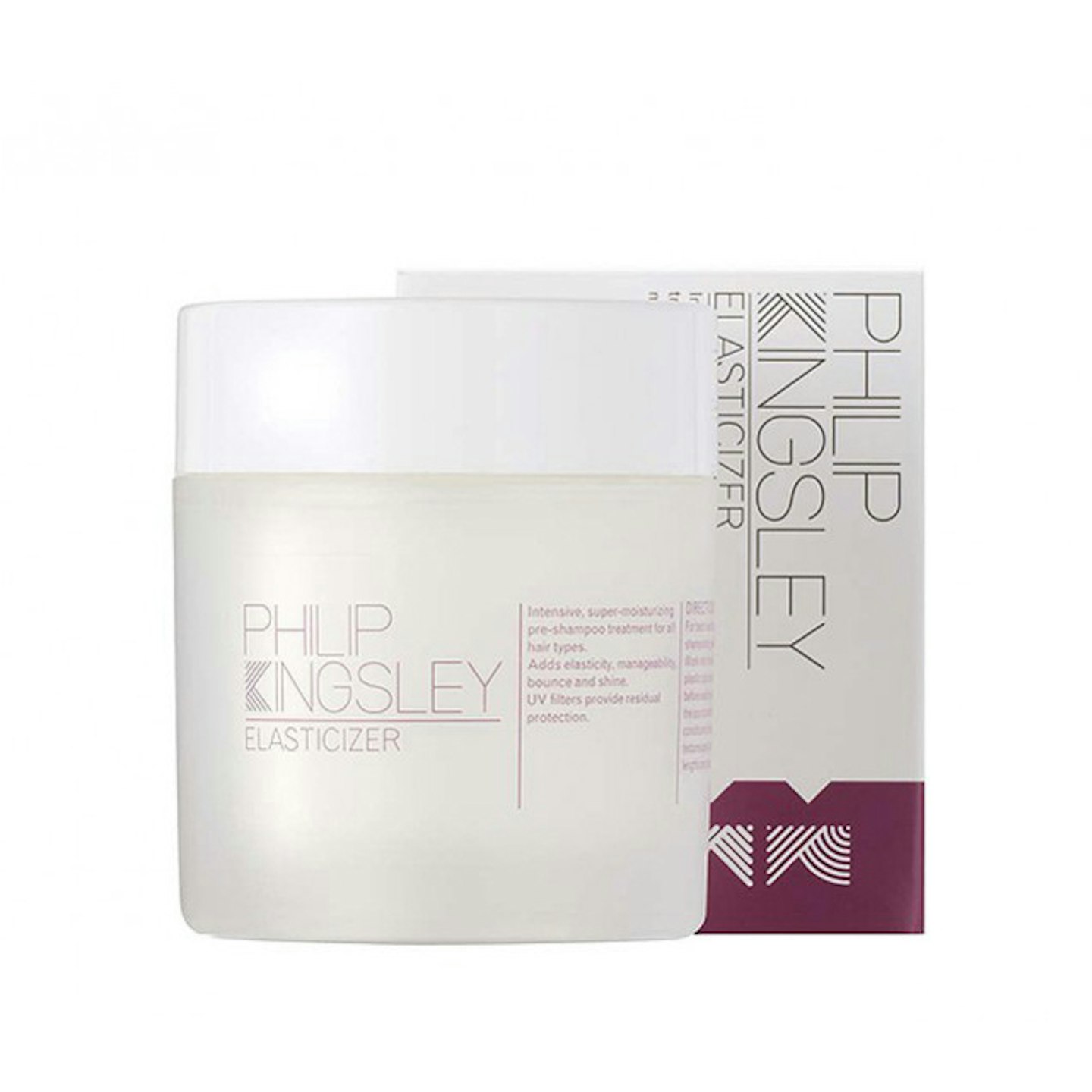 1 of 6
1 of 6Philip Kingsley Elasticizer, £30
The world's first pre-shampooing treatment, Philip Kingsley's Elasticizer, £30, was favoured by Audrey Hepburn. Leave in overnight for soft, smooth and happy looking hair.
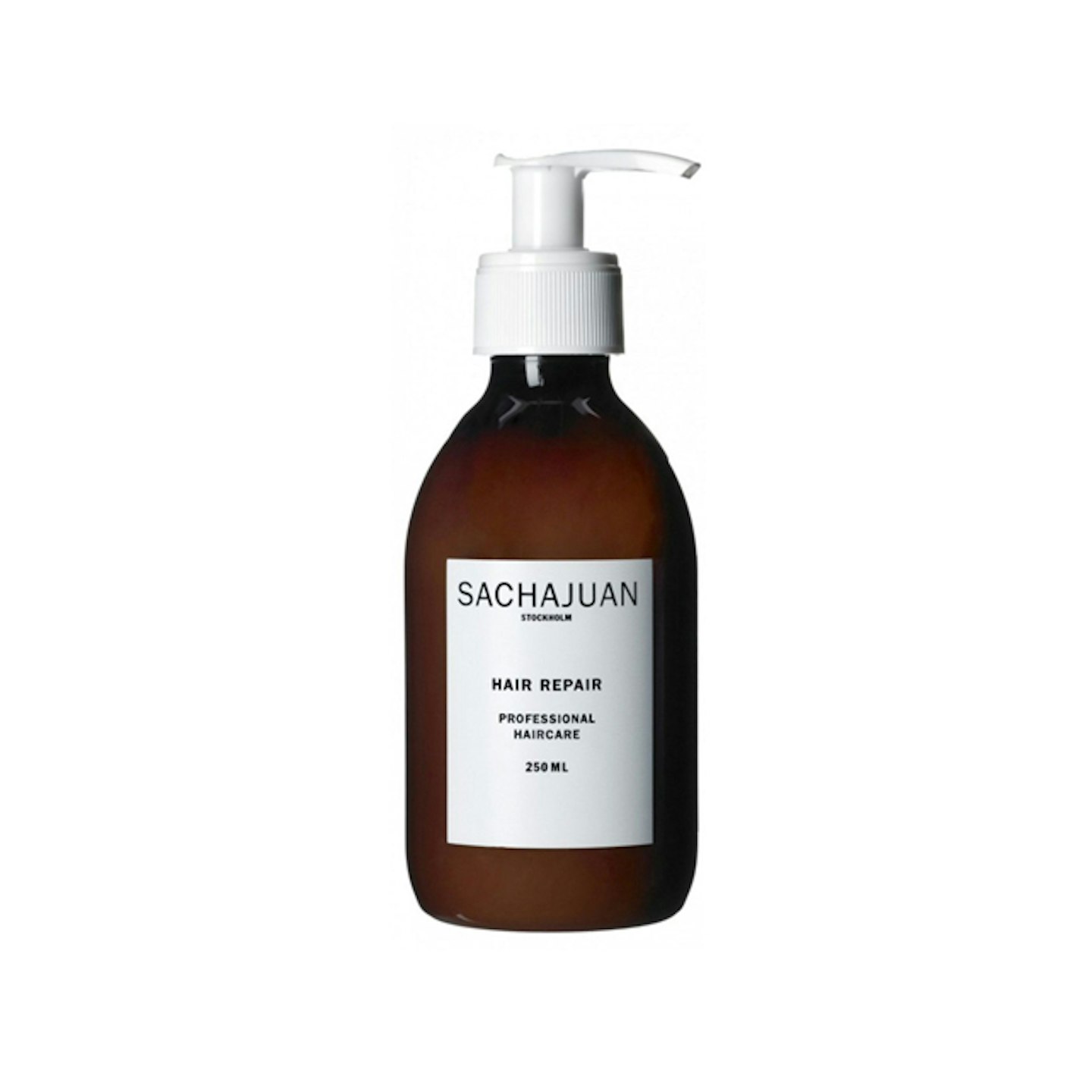 2 of 6
2 of 6Sachajuan Hair Repair, £25
A hero product from cult Scandi brand Sachajuan, Hair Repair, £25, delivers intense hydration to damaged ends and leaves lengths feeling soft and nourished.
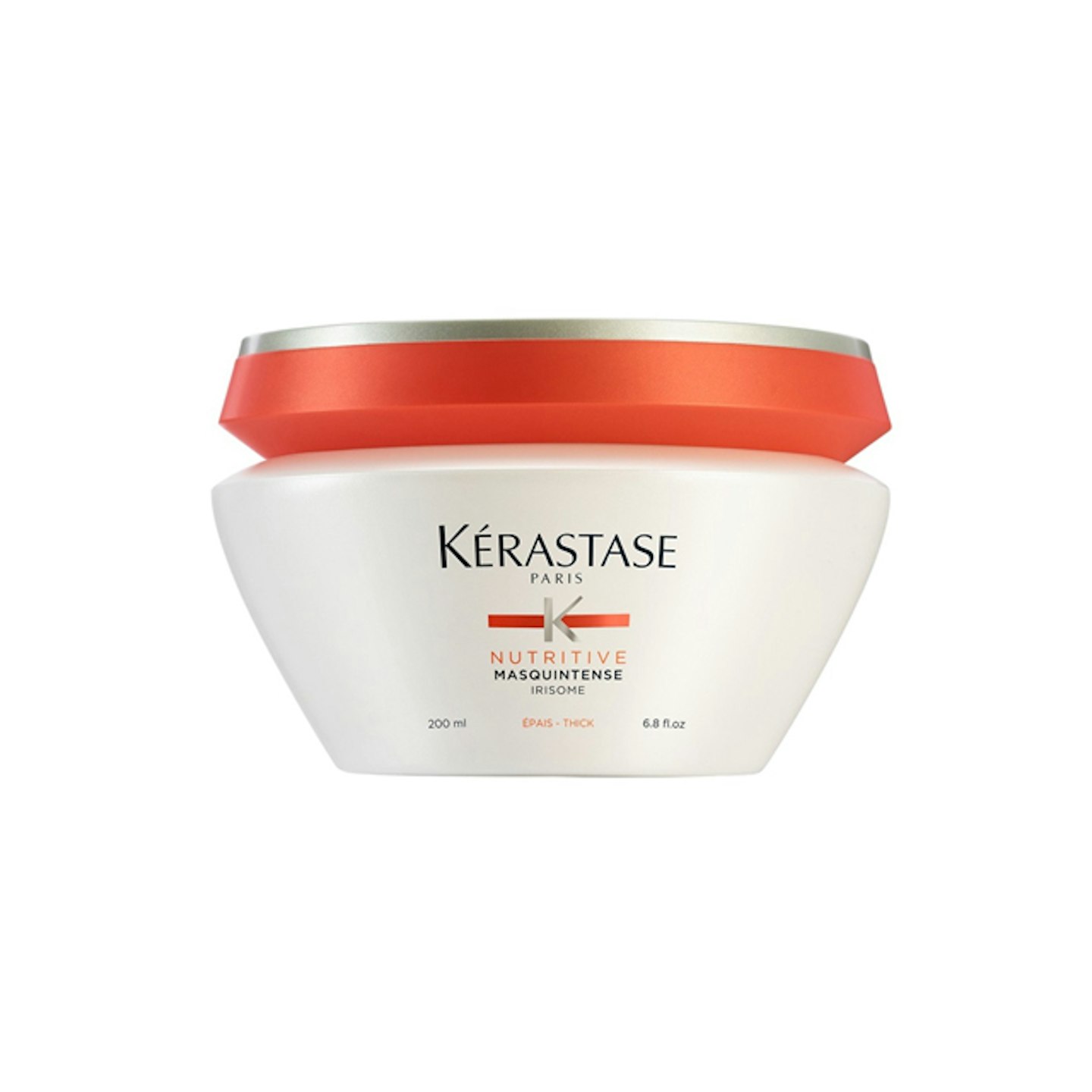 3 of 6
3 of 6Kérastase Nutritive Masquintense Cheveux Epais For Thick Hair, £34.20
Kérastase's Nutritive Masquintense, £34.20, only needs to be left on for ten minutes to work its magic.
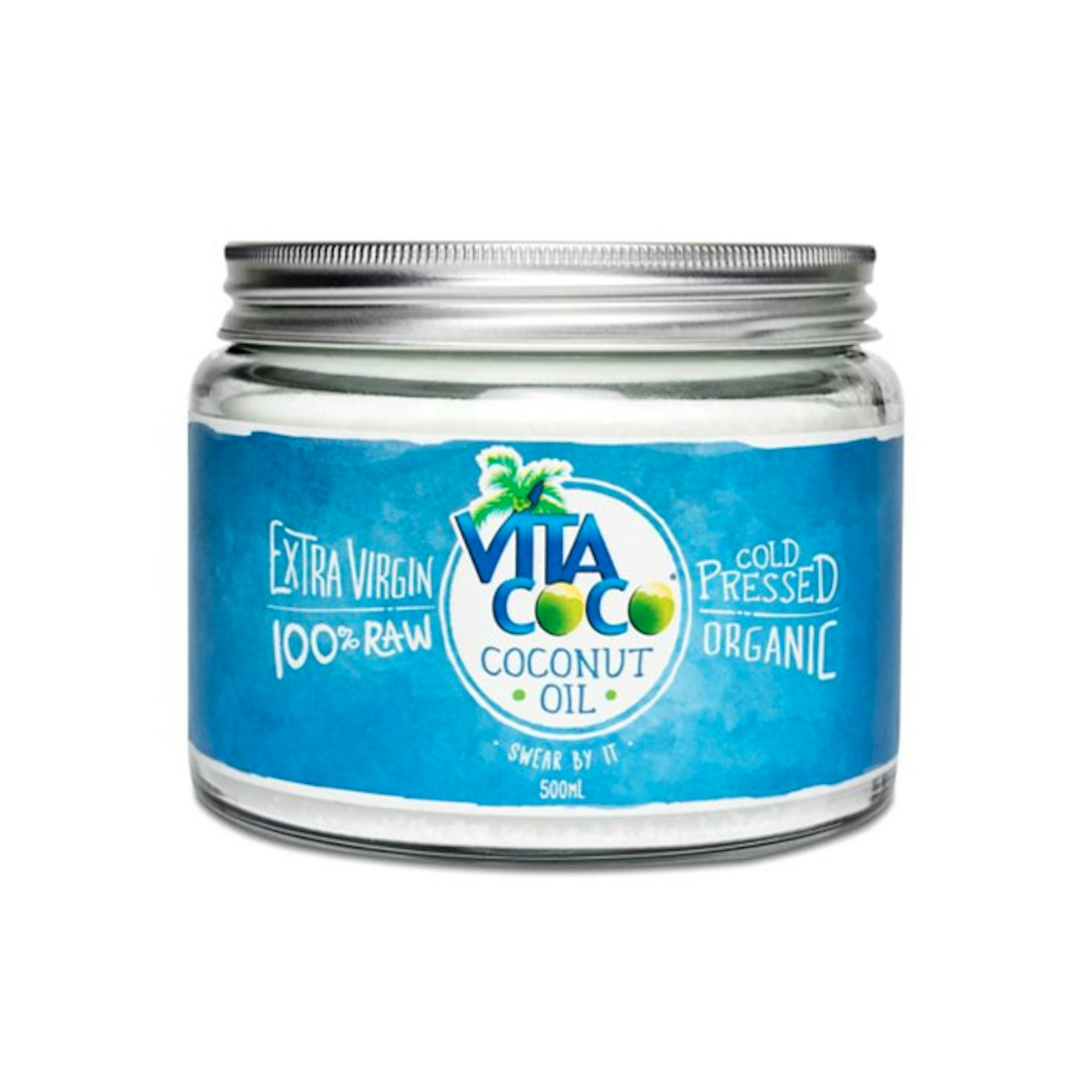 4 of 6
4 of 6Vita Coco's Coconut Oil, £9.99
The ultimate natural beauty multi-tasker, Vita Coco's Coconut Oil, £9.99, can be used as an overnight hair treatment for damaged ends
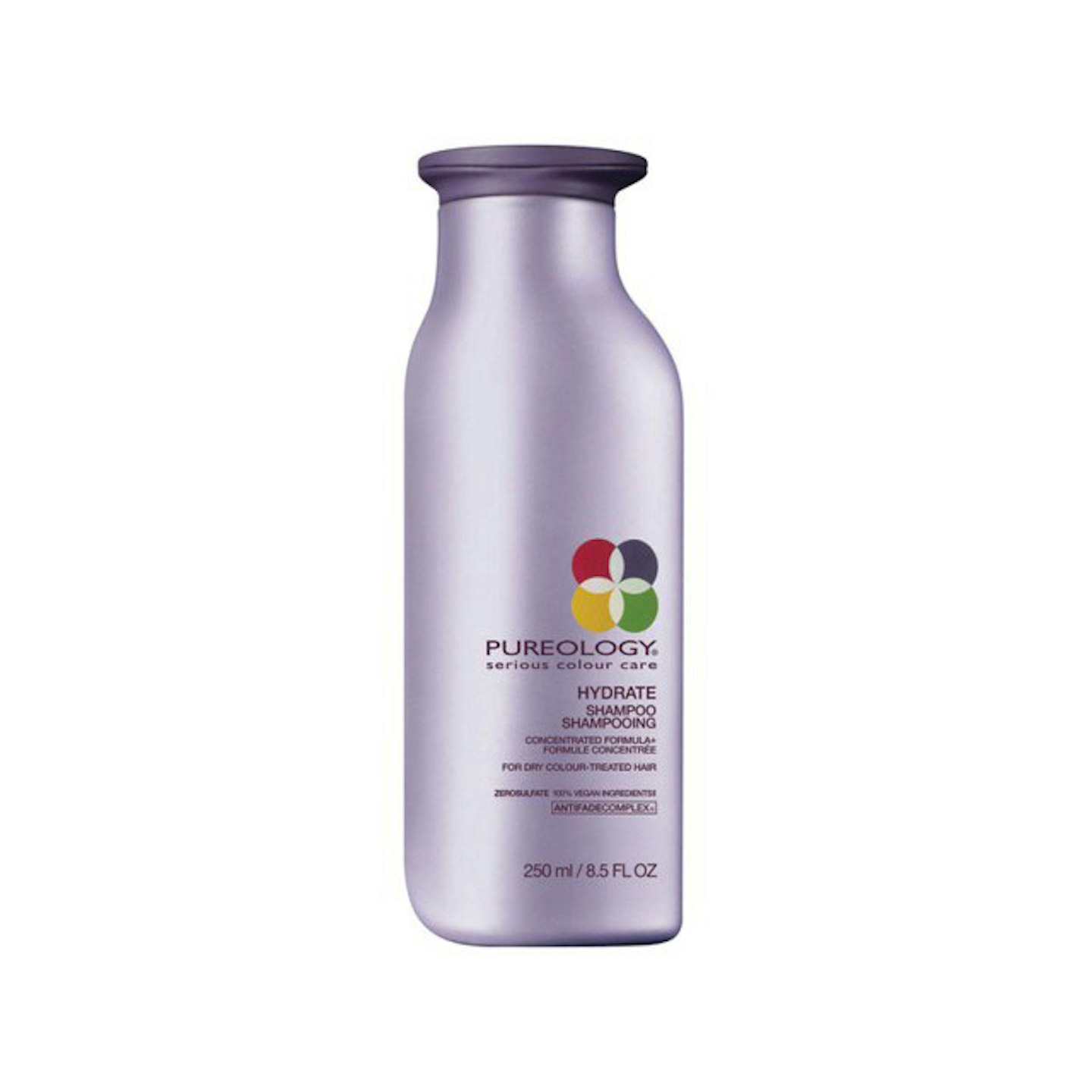 5 of 6
5 of 6Pureology Hydrate Colour Care Shampoo, £19.95
Choose a sulfate-free shampoo like Pureology's Hydrate Shampoo, £19.95, to help hair retain natural moisture
 6 of 6
6 of 6Moroccanoil Treatment, £32.85
Add a small amount of Moroccanoil, £32.85, to damaged ends and you'll see and feel the benefits almost instantly
READ MORE: How To Touch Up Your Roots At Home
READ MORE: Beauty Lingo Decoded: What Is A Sulphate-Free Shampoo And Should We Be Using Them?
